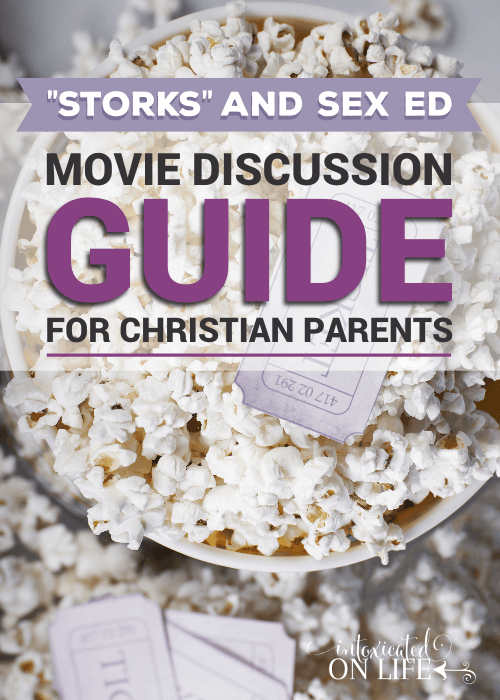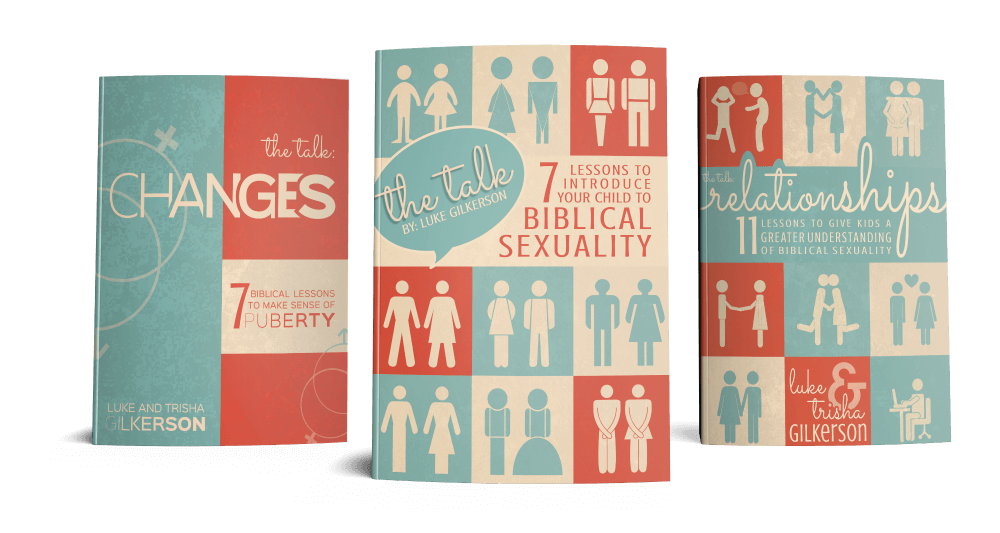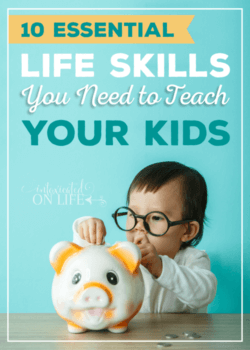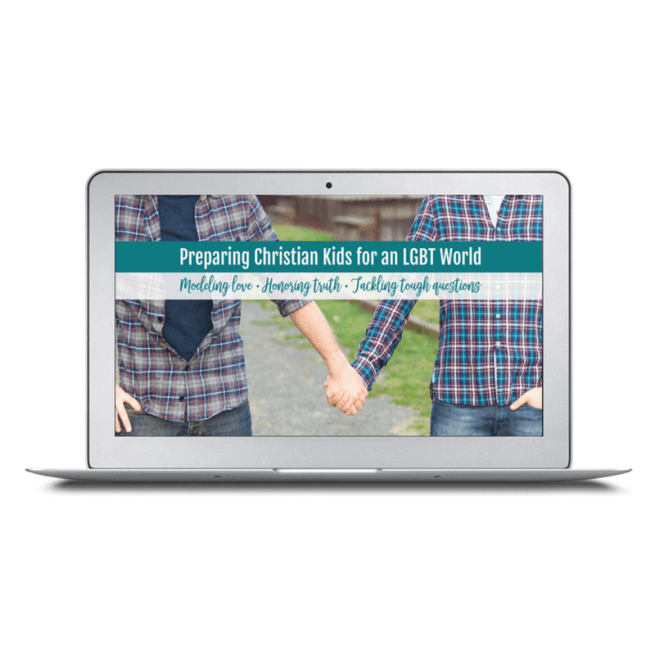“Just a brief exposure to baby cuteness can ruin your life!” – Junior, Storks
Plot Summary – Storks are well known for delivering babies to expectant moms and dads…unless, of course, they just get tired of doing that and see a whole lot more profit in package delivery. That’s the premise behind Warner Animation’s Storks, a spastic children’s film about the birds (and the one lonely human) who works at Cornerstone.com.
Nearly two decades after the storks decide to call it quits on the baby-making and baby-delivery business, Junior, a stork with a superb package-delivery record, is offered a once-in-lifetime promotion in the company. His only problem is Tulip, the last human created in the company’s baby-making days who was unfortunately left behind in the factory. Now as an adult, in her clumsy efforts to help the company, she inadvertently creates a new baby in the abandoned Human Infant Production Facility. Now, Junior feels compelled to deliver the baby so his boss won’t discover the mistake.
Chaos ensues. Lessons are learned. And in the end, the storks get back into the baby business to the joy of everyone on Earth.
General Thoughts on the Movie
Is it a great movie? No, not really. Is it entertaining? Absolutely. This film pushes the bounds of ridiculous to the point where you think it might break—and then rescues itself with quick-witted humor, some honestly touching moments, and some absurdly talented wolves.
The film benefits from the comedic genius of its voice actors. Director Nicholas Stoller apparently got his actors together as much as possible to let them improvise their lines—a rare thing in animated movies—and it paid off marvelously.
Generally Safe for Kids
- Violence – The movie is extremely slapsticky, and like many animated films, characters undergo falls, bumps, and abuse that would kill someone in real life.
- Language – Probably the worst words thrown out in the film are “Suck it.” There’s the occasional use of cussing replacements (“heck,” “jeez,” “oh my gosh”).
Who Came Up with the Stork-Baby Connection?
The movie, Storks, is based largely on an old German myth.
Midsummer’s eve (the summer solstice in June) used to be a pagan holiday celebrating marriage and fertility, and as such, many babies were conceived around this time. Ergo, about 9 months later, in March and April, many babies were born. This also happened to coincide with the same time white storks could be found flying north back to the Continent to create new nests. This led to the myth of the stork bringing the baby.
In the story, storks found the babies in Adeborsteine caves, which is German for “stork stone.” Children who wanted a little bother or sister were encouraged to sing their desires to the storks. This myth was eventually codified in the Hans Christian Andersen’s fable, “The Storks,” in the 1830s, where the storks pulled the souls of the unborn from a pond to deliver them to families of good children everywhere.
In the conservative culture of Europe and America in the 1800s, the story also served as a convenient story for parents to tell their children about how babies were made.
Discussion Questions for Kids:
Rather than just passively watching films, discussion questions help us to engage the minds of our kids after the movie is over. You might choose to use all of these questions, or just one or two of them.
As you talk, you may get into conversations about how babies are actually conceived. Don’t freak out. Just remember, giving a child basic facts about human reproduction—even including information about intercourse—does not rob him or her of innocence. Innocence is a function of attitude, not information.
For Younger Kids (6-10):
- When the boss of Cornerstore.com asks Junior why storks don’t deliver babies anymore, Junior says, “Because there are so many other ways to get babies.” Do you know: How do families really get babies? Storks don’t actually deliver babies. There are two ways families can get babies. The first way is by conceiving a child themselves. The second way is by adopting a baby that doesn’t have a good home to live in. Either way, a baby begins its life in its birth mommy’s uterus.
- In the movie, when the babies are made in the Production Facility, they grow in just a few seconds. How long does it take a real baby to grow? There’s a special place in a woman’s body called a uterus where a baby grows for up to nine months.
- When Diamond Destiny is first made, she is inside a metal container. All they need to do is open the container to get her out. But how is a real baby really born? When a real baby is about to be born, women have a special opening in their bodies between their legs called a vagina. This small opening gets wider to make room for the baby to come out. The mommy can push her baby out through her vagina. Sometimes mommies need help getting the baby out, so a doctor can perform a surgery to pull the baby from her belly (this is called a C-section or Caesarean section).
For Older Kids (8-12):
- Who was Diamond Destiny’s real family? She actually had two families. Her first family was Junior and Tulip who cared for her like a mom and dad when they were trying to deliver her to her home. Her second family was Nate’s family who adopted her and raised her. You don’t need to be someone’s biological mom or dad to be their family. (If you know any families who have adopted children or blended families, talk about them with your child.)
- Did you see how many families adopted those babies at the end? Why is adoption a good thing? There are more than 150 million orphans throughout the world that need loving homes. When families take in children as their own, it is one way they can fulfill one of the greatest commands, to love our neighbor as ourself (Luke 10:27). God actually models for us what an adoptive Father is like: when we become Christians, we are adopted into His family (Romans 8:14-17).
- Did you know the idea of storks delivering babies is actually a very old myth? Back in Europe hundreds of years ago, a lot of babies were born in the springtime around the time when white storks were coming back north to make their nests, so a myth developed about storks delivering babies to families. Eventually, parents used the story as a way to give kids an explanation for how babies are made.
- When the young boy, Nate, is talking to his parents about babies, he asks where he came from. His parents laugh nervously, but they don’t tell him where he came from. Have you ever been curious about where you came from? (Allow your child to respond. See how much your child knows about how babies are conceived. Tell your child you have no intention of being like Nate’s parents: you want him to know the amazing way God creates human life.)
Two Mommies? Two Daddies?
If you blink you’ll miss it.
At the very end of the movie, there’s a rapid sequence of thousands of babies being delivered by the storks to new homes. It shows them traveling all throughout the world, delivering to families of all types (white, black, asian, etc.). Very briefly you’ll see what looks like a baby being delivered to a family of two women and then later a family of two men.
It was so quick, my wife didn’t even notice it. I barely noticed it.
I had no qualms with it, but some Christian families may choose to not to take their kids to see this film. Most kids, I believe, will probably miss this detail.
If your kids notice it, or if you choose to point it out to them, it makes a great talking point about our culture. If you need help in this kind of discussion, you can listen to our interview with Joe Dallas, “Talking to Kids About Homosexuality: Modeling Love, Honoring Truth, and Tackling Tough Questions.”
Sparking More Sex Ed Discussions
Ridiculous animated films aren’t the only way to start good conversations about reproduction or God’s purpose for family.
One of the best ways to do it is to allow the Bible to break the ice for you. The Bible isn’t bashful about the subject of sex. It is frank without being crass, and we can use it to broach sexual subjects with our kids.
This is the reason why my wife and I wrote The Talk series: 3 books for parents to use with their kids of different ages. All of them are short, simple Bible studies with biology lessons woven in.
- The Talk is for kids ages 6 to 10 and addresses basics of human reproduction and God’s purpose for marriage and family.
- Changes is for kids ages 8 to 12 and looks at God’s perspective on the changes of puberty.
- Relationships is for kids ages 11 to 14 and prepares kids to think rightly about sexual attraction and their new desires for intimacy.













I hadn’t heard of this movie, but my daughter had heard about it at a friend’s house. I love the idea of taking advantage of it to talk about these things!
Thank you for your candid review of Storks. Had no idea it was connected to a German myth. As a middle school social studies teacher, that of course opens up even more levels/perspectives for discussions. Thanks again
You’re welcome!